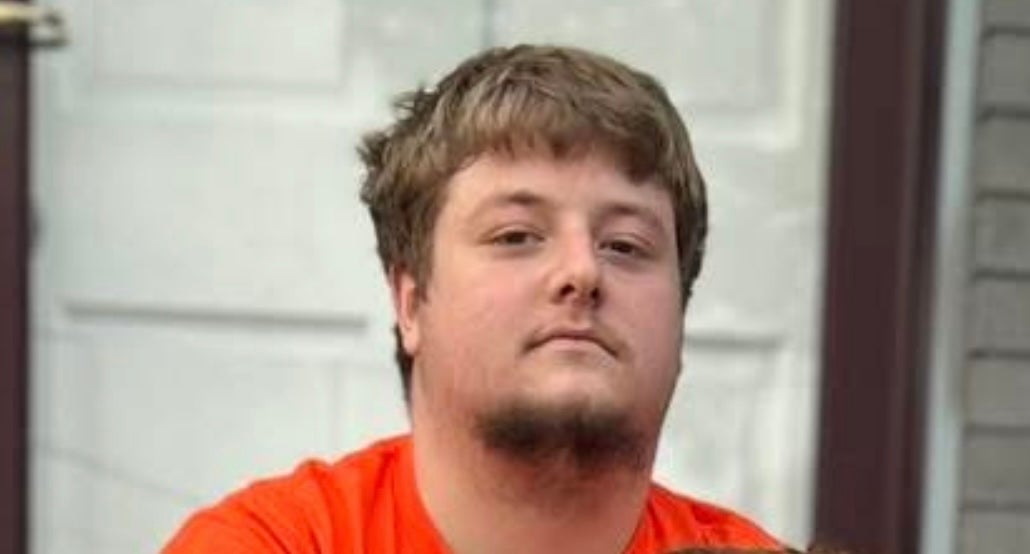The Augusta Canal and the corridor between it and the Savannah River are the CSRA’s greatest outdoor resource, and the city needs to step up and aid the Canal Authority in maintaining what has become Augusta’s largest park.
When I was a teenager, my friends and I would get dressed up and meet our parents at Curtis Baptist Church on Sunday morning, and as soon as they disappeared into the sanctuary, we would pile into my ‘77 Pontiac and head towards the canal, peeling off our church clothes and revealing we were all wearing bathing suits underneath.
MORE: Euchee Creek sewer line dispute leads to eminent domain on one homeowner’s property
Def Leppard emanated loudly from the speakers of my car as we skipped church and headed down Broad Street.
We would go to the “achydocks” and enjoy the chilly spring-fed lagoon, then after an hour, we would magically reappear at church just as the service was ending.
Our parents never caught on.
The Augusta Canal and the aqueducts were our special secret place to hang out that most people didn’t know about, and I have such wonderful memories of tooling down Goodrich Street, my land yacht packed with my mates, and the trunk full of chilled soft drinks and fishing gear.
Many years later, I drove out to see our old stomping grounds and was dismayed to see the front end of an old Chevy poking out of the waters of the lagoon. My old stomping grounds had become a dumping ground.
I got together with then-Commissioners Andy Cheek, Joe Jackson and Joe Bowles, and we launched the First Saturday Initiative, spending the better part of two years, along with a mob of volunteers, cleaning the canal.
The Boy Scouts and the Girl Scouts got involved, and cleaning the canal became a community effort that ended up removing over 12 tons of trash from the area.
A young lad by the name of Tyler Snead was one of those volunteers, but more about him later.
At first, Dayton Sherrouse, the now retired executive director for the Canal Authority, was not very keen on opening up the waterway for recreation. He was concerned that someone could drown in the 13 knot current, and drownings have occurred in the past.
Dayton was concerned about safety and also liability and I never faulted him for that.
Since the canal was already designated a National Heritage Area, Dayton eventually came around and decided that if the canal was going to be developed for recreation, then it should be done properly; he applied for every grant imaginable and consulted with experts on how design a trail system.
Trails were cut, footbridges built and comfort stations were installed, and today, what was once the unofficial city dump is now a haven for wildlife and humans alike.
The Canal Authority, under the leadership of Tyler Snead, who was one of the kids that helped clean the canal with the First Saturday Initiative, has meticulously kept up the grounds, used a shoe-string budget to provide safety and there are plans on the horizon to build a new access point at the Village at Riverwatch as well as a whitewater park.
Yet, there are issues that have to be addressed almost daily.
People have vandalized the comfort stations, torn apart footbridges and picnic tables for firewood and left behind them a trail of beer cans and used food wrappers. Homeless people with tents have to be chased off constantly.
The problem for the Canal Authority is a severe lack of funding from the city.
According to Snead, the authority used to pay a special rate for deputies to patrol the area, but the funding has run out.
Yes, the Canal Authority has to pay to have the Sheriff’s Office to patrol land that is owned by the city.
When the authority has asked for funding to help in their mission of providing fresh water to most of the county, generating electricity and maintaining the majority of a 7-mile long public park, city officials scoff that the authority has plenty of grant money and gets the proceeds from power generation.
What city officials possibly don’t understand is that grant funding has to be used for building infrastructure in most cases and cannot be used for maintenance. Also, the funding from the hydroelectric power is miniscule.
To compound the problem, construction on nearby King Mill damaged one of the buildings that generate power, allowing water to get in and destroy the transformers. That building has not generated power or profit for the past two years, and who is financially responsible for the damage is now a question before the courts.
More than decade ago, Andy Cheek took a scuba team to the diversion dam that feeds the canal from the Savannah River and found it riddled with holes large enough he surmised could fit a Volkswagen Beetle.
Should the diversion dam fail, we can all say goodbye to the Augusta Canal and, perhaps, the New Savannah Lock and Dam downstream.
We have a resource in our backyard that makes our city unique, and it is long past time for the city to step up and help maintain the canal.
Scott Hudson is the Senior Investigative Reporter and Editorial Page Editor for The Augusta Press. Reach him at scott@theaugustapress.com












